Nature weaves stories of resilience and tenacity in the heart of the arid Israeli Arava and Negev Desert. One such tale is embodied by the Rose of Jericho (Anastatica hierochuntica L.), a botanical marvel often called (erroneously) a “Resurrection Plant.” Its remarkable adaptation to survive the harshest of droughts has fascinated cultures for centuries, and today, we’re delving into the secrets of this captivating desert dweller.
Flora of Israel
1. The Mechanism of the Rose of Jericho: The seeds, when ripe, are not spread, but remain closed-protected inside the fruits and the branches of the plant, which contract like a fist and remain thus anchored in the ground until the rains come. About half an hour after getting wet, the branches spread out and cling to the ground, exposing the fruits to the rain.
And Then the Magic Happens
Heavy rains on the wet fruit cause it to open and scatter near the parent plant by raindrops hitting a spoon-like appendix on the seeds. The seeds have a sticky coat that helps them adhere to the soil. This way, the distributed seed is assured to fall on wet ground! Some may be carried downstream by surface wash. However, seeds swept downstream do not survive.
After less than ten hours, the roots of the sprouts are already peeking out from the seeds and start the race against time. They must grow, flower, and ripen seeds before the soil dries. Each sprout develops a plant of the size corresponding to the amount of water found in its root house and will bear one flower to thousands of flowers respectively.
Arava Valley Ultimate Guide
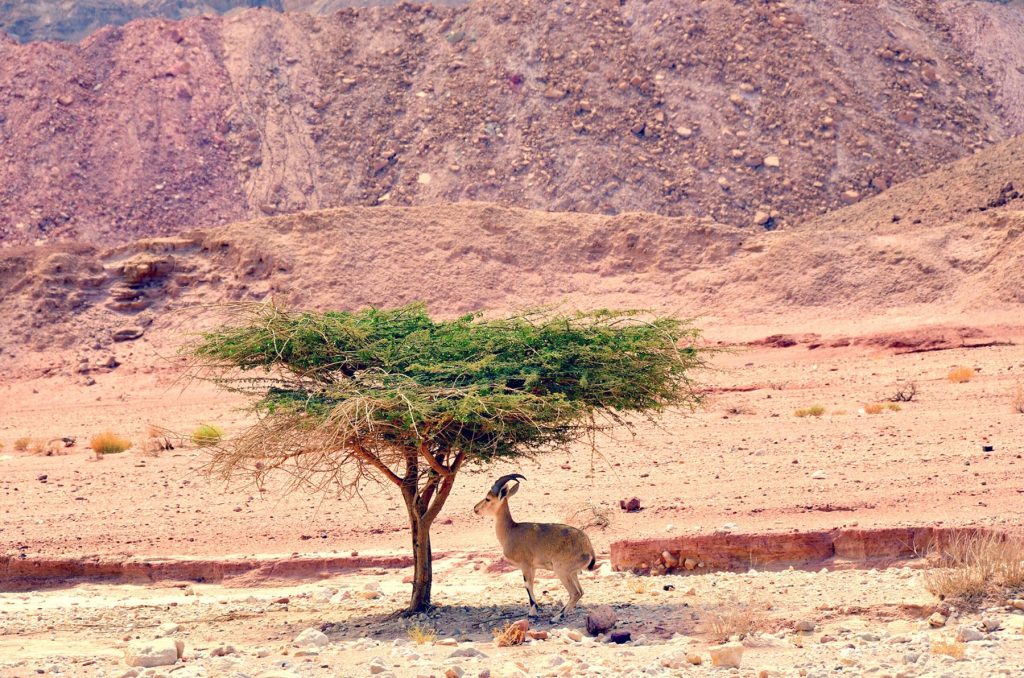
However, it is not a true resurrection plant! Because the plant’s dead tissues do not revive and turn green like the Selaginella lepidophylla (See Video). Selaginella lepidophylla is a true resurrection plant that can revive and regain metabolic function after extreme desiccation. Anastatica hierochuntica is not a resurrection plant but a tumbleweed capable of repeated expansion and retraction, superficially resembling revival.
Negev Desert Tour
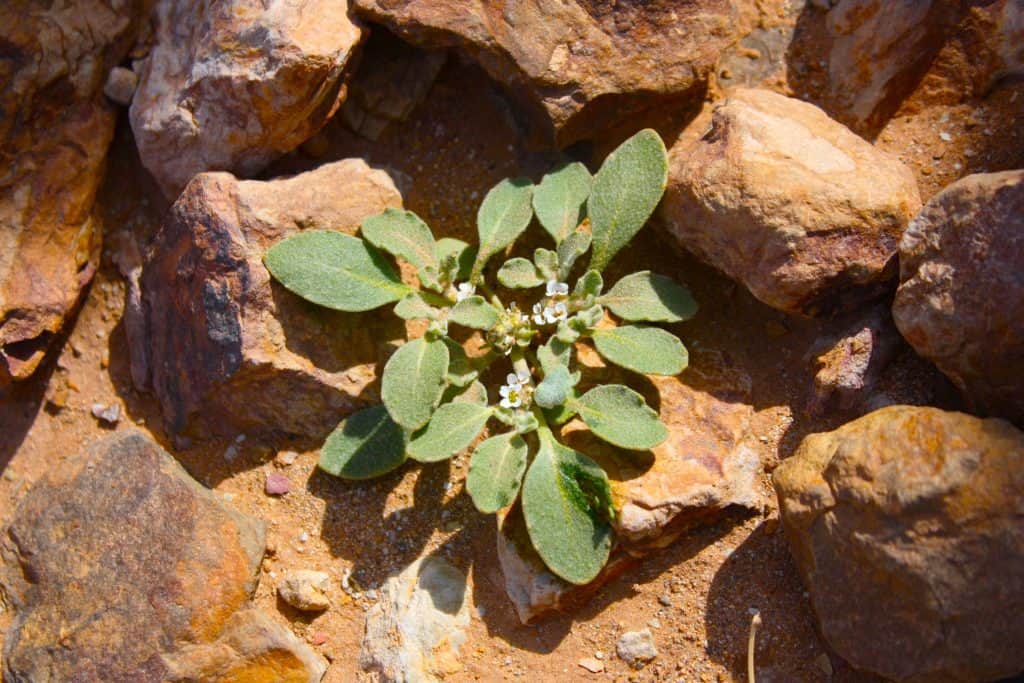
Credit: Phil41, CC BY 1.0, via Wikimedia Commons
2. The Dance of Resurrection: So the real show begins when water returns. Slowly and gracefully, the Rose of Jericho unfurls its branches, transforming from a withered husk to a vibrant green life. Furthermore, this remarkable dance of resurrection symbolizes endurance and renewal, echoing through the ages in stories of hope.
3. Adaptations that Inspire: Moreover, the Rose of Jericho’s ability to curl up during drought is more than a survival tactic. It’s a lesson in adaptation. So minimizing exposure to harsh desert sun and conserving precious water teaches us to adapt to our challenges wisely and emerge stronger.
4. Rose of Jericho – Cultural and Spiritual Significance:
Moreover, the Plant isn’t just a botanical wonder; it’s a symbol of rebirth and endurance. Its very name, “Jericho,” ties it to the historical and spiritual significance of the city of Jericho, a place of profound cultural importance. Across various traditions, it’s a beacon of hope and renewal.
Desert Plants Adaptations
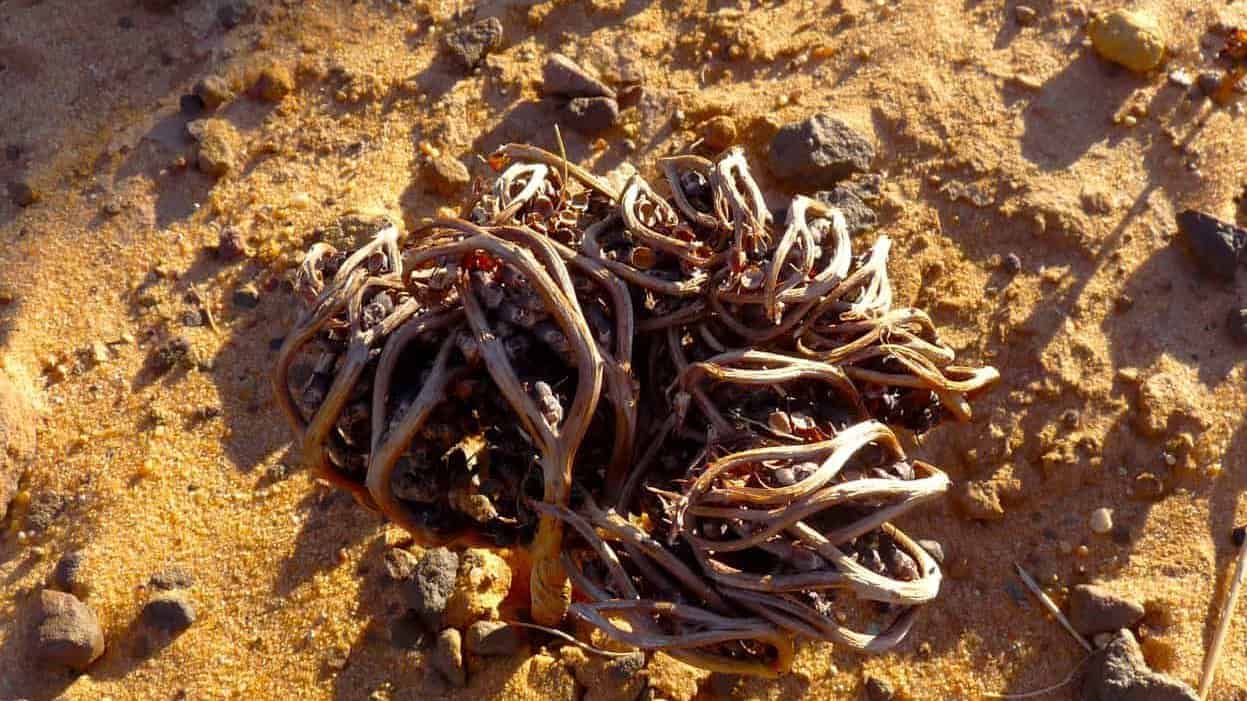
Credit: Ji-Elle, CC BY-SA 3.0, via Wikimedia Commons
5. Medicinal Mystique: In addition, the Rose of Jericho (Anastatica hierochuntica) has a storied history in traditional medicine. It’s been revered for its potential health benefits, including diuretic and anti-inflammatory properties. Exploring its medicinal potential adds another layer to this already captivating plant.
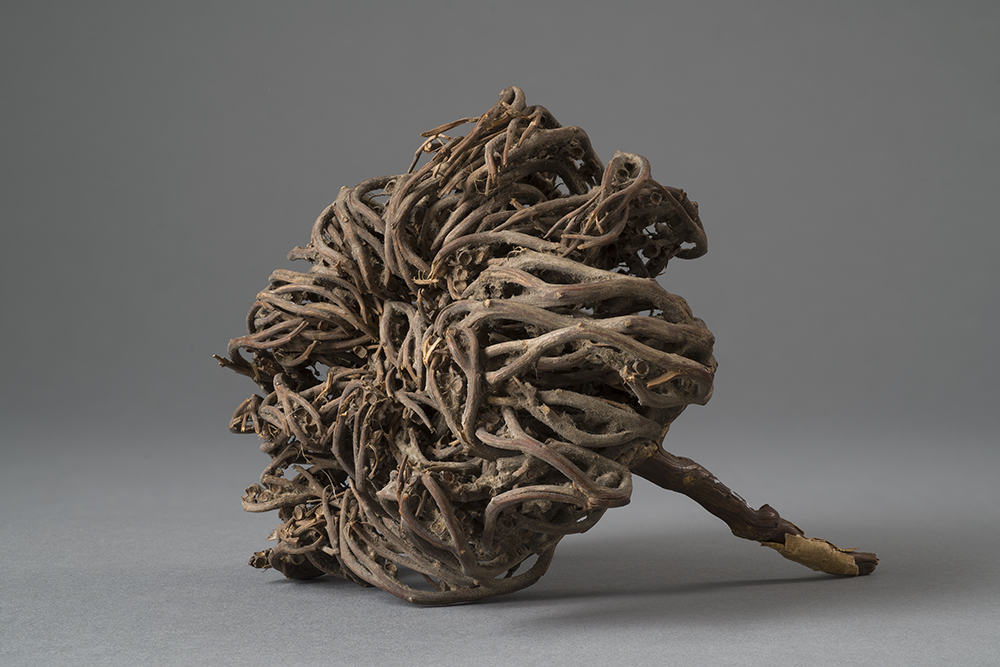
The Rose of Jericho: Some Conclusions
The Rose of Jericho (Anastatica hierochuntica L.) invites us to ponder the wonders of the natural world and the incredible adaptations life has developed to conquer even the most challenging environments. It reminds us that resilience and renewal endure from the driest deserts to the corners of our lives.
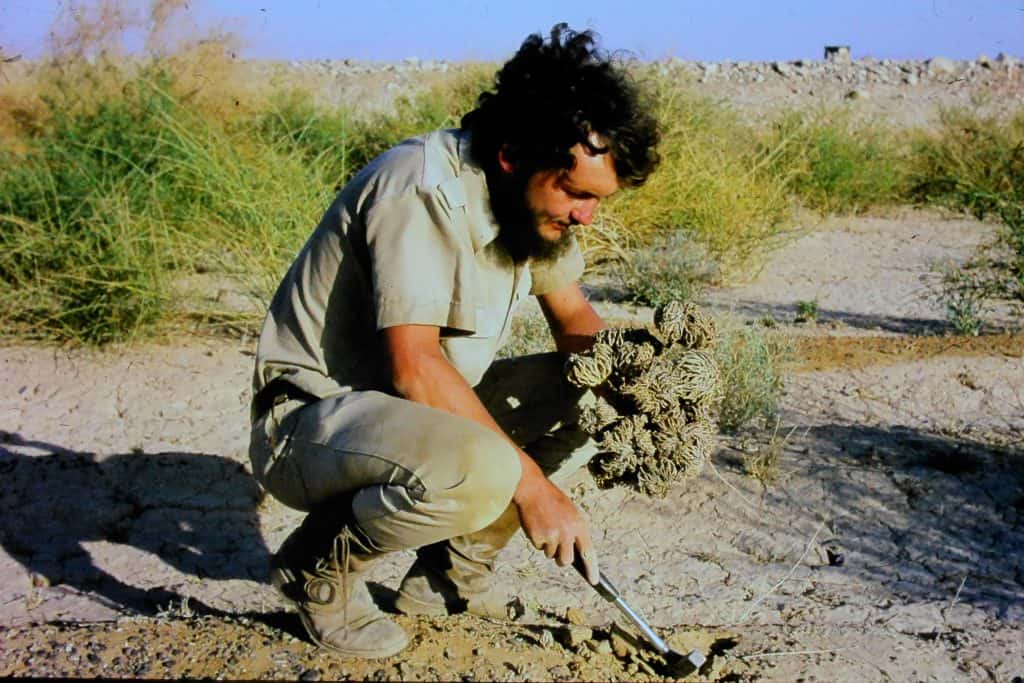
So, as you marvel at this “Resurrection Plant,” take away its botanical brilliance and the enduring lessons it offers – the power to adapt, the spirit to revive, and the hope to thrive, even in the harshest circumstances.
The Rose of Jericho received special attention in our region’s three main religions. Plants were found brought to a Jewish temple from about 3000 years ago in eastern Sinai. The Christians see the plant as a symbol of Jesus’ return to life, and the Bedouins in Sinai believe that God or the prophet, merciful to those who believe in him, will open his hand and send down rain.
In the Middle Ages, Christians who visited Israel began to take this plant with them as a souvenir and called it the “resurrection plant,” which, according to their belief, symbolized the resurrection of Jesus of Nazareth.







